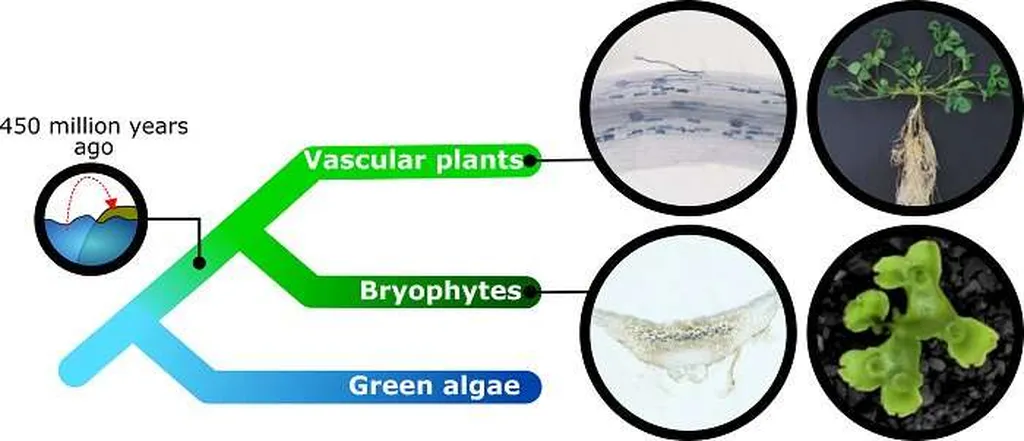In the quest for sustainable agriculture, scientists are turning to an ancient partnership between plants and fungi to reduce reliance on chemical fertilizers and pesticides. A recent review published in *MicrobiologyOpen* highlights the emerging role of arbuscular mycorrhizal fungi (AMF) in enhancing crop productivity and resilience. Led by Ajay Kumar of the Amity Institute of Biotechnology at Amity University in Noida, Uttar Pradesh, India, the research delves into the biology of AMF, their applications in stress management, and the challenges of commercializing these beneficial fungi.
AMF form symbiotic relationships with the roots of up to 80% of plant species, providing essential nutrients like phosphorus and nitrogen while protecting plants from pathogens. This mutualistic relationship has made AMF a valuable tool in modern agriculture, where they are used as biofertilizers, biostimulants, and biopesticides. “The effectiveness of AMF inoculants depends on multiple factors, including the selection of AMF strains, choice of carrier materials, and methods of application,” Kumar explains. “Production strategies also play a critical role in determining both the concentration and viability of the inoculum.”
Despite their potential, only a limited number of AMF strains have been commercially exploited. The review highlights several challenges, including limited strain diversity, propagule viability, formulation stability, and inconsistent field performance. These hurdles have slowed the widespread adoption of AMF inoculants, but advancements in production techniques, such as substrate-free and in vitro approaches, offer promising solutions.
The commercial impact of AMF inoculants could be substantial. As consumer demand for organic and chemical-free agricultural products grows, farmers are seeking sustainable alternatives to traditional agrochemicals. AMF inoculants not only improve crop yields but also enhance soil health and reduce environmental pollution. “The future of AMF inoculants lies in overcoming these challenges and developing more effective and reliable products,” Kumar notes.
The research suggests that future developments in AMF commercialization will focus on expanding strain diversity, improving inoculant formulation, and optimizing application methods. By addressing these challenges, the agricultural sector could see a significant shift toward more sustainable and productive farming practices.
As the world grapples with the impacts of climate change and the need for sustainable food production, the role of AMF in agriculture is more critical than ever. This review serves as a call to action for researchers, farmers, and industry stakeholders to collaborate and harness the full potential of these beneficial fungi. With continued innovation and investment, AMF inoculants could become a cornerstone of sustainable agriculture, ensuring food security for future generations.

